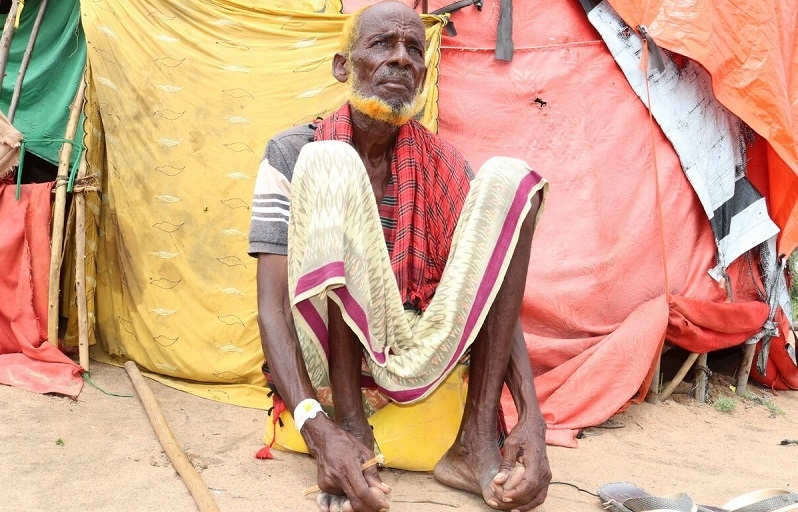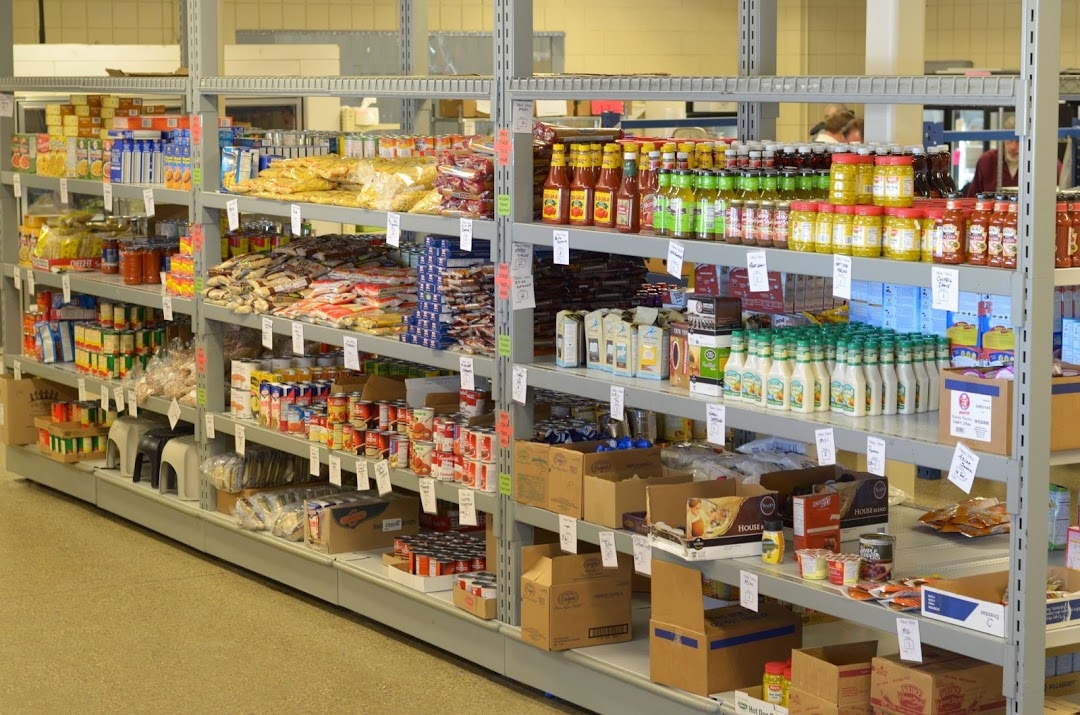Most countries in the Western Pacific do not have regulations to control food safety in new foods, according to a survey.
Many point to the absence of a national regulatory framework that can be applied to alternative proteins and the need for discussion of rules and risk assessment for new foods. They also say inspectors need to be trained on new technologies to produce alternative dietary proteins.
The World Health Organization (WHO) in the Western Pacific held a workshop as a first step to support member countries to regulate the production, marketing and consumption of locally grown and imported vegetable and cultivated meat products. A survey was conducted during the event.
Nine countries said they had no specific regulations for the new food. Four said it was possible to implement legislation for alternative protein-based foods within the next two years.
Australia, China and Singapore do have new food laws. They cover food safety, risk assessment, controls during production and marketing, and food communication and labeling.
Developing alternative protein-based foods such as microbial fermentation, plant-based meats or cultured meats can help address issues raised by today’s animal protein supply chains such as sustainability, efficiency and safety.
Although agents such as Salmonella and E. coli should not be present in cultured meat, there are other risks and pathogens may enter during the processing, storage and distribution stages.
Production and consumption of alternative proteins is increasing but the lack of definition and uncertainty is a challenge for food safety authorities.
Fifty-two participants attended the first day and 84 people attended the second day event in Manila, Philippines in May 2021.
They include national food safety agencies, International Food Safety Authority Network (INFOSAN) officials and Codex Alimentarius contact points from countries in the Western Pacific Region. These countries are Australia, Brunei Darussalam, Cambodia, China, Hong Kong, Republic of Korea, Lao People’s Democratic Republic, Malaysia, Mongolia, Niue, Philippines, Singapore, Solomon Islands, Vanuatu, and Vietnam.
The survey found 68 percent of the 99 participants had tried alternative proteins and 62 percent of the 34 people would include it as part of their diet. The food safety aspect is cited as the main reason people don’t include it.
Countries expect WHO to provide technical support, training, issue guidelines and standards, organize events, and promote harmonization of standards.
Safe Food in Traditional Markets Other events have seen risks in traditional food markets in Asia Pacific.
The virtual meeting in September 2021 was hosted by the World Health Organization’s regional offices for Southeast Asia and the Western Pacific.
It provides member country representatives with country experience, communication and community engagement strategies, risk assessment and management strategies, and scientific evidence related to risk mitigation in traditional food markets.
Officials in national authorities from 28 countries including Bangladesh, India, Indonesia, Maldives, Nepal, Sri Lanka, Thailand, Australia, Cambodia, China, Hong Kong, Cook Islands, Fiji, Malaysia, Mongolia, New Zealand, Philippines, Singapore, Vanuatu, Tonga and Vietnam attended.
Francesco Branca, director in the Department of Nutrition and Food Safety at WHO, said traditional markets are an important source of livelihood and quality food for many low- and middle-income countries, but can be a food safety issue with the products sold. He said risks could be reduced by better infrastructure, design and market placement.
In the breakout session, food safety was discussed. Among the challenges identified were regulation controlled by different agencies; lack of guidelines and standard operating procedures for implementing food inspection programs; limited laboratory capacity, including a lack of trained personnel; the need for enforcement of regulations; and limited coordination between regulators and market managers.
Recommendations to address these issues include the need for food safety legislation designed for the food market, implementation of traceability systems to ensure quality and determine product origin, and development of guidelines for carrying out capacity building for risk communication.
(To sign up for a free subscription to Food Safety News, click here.)



